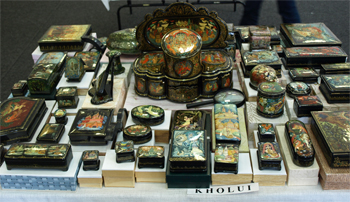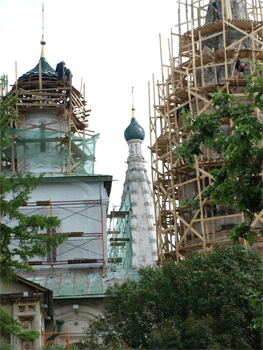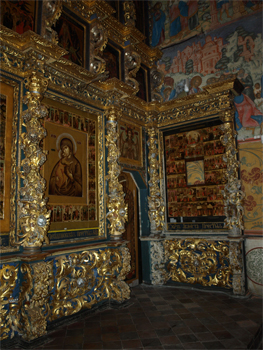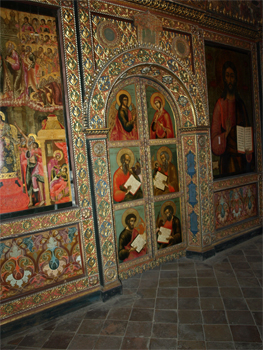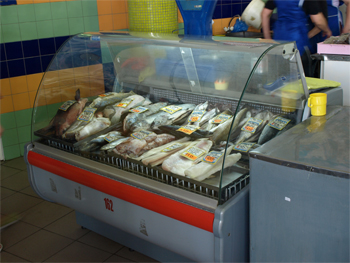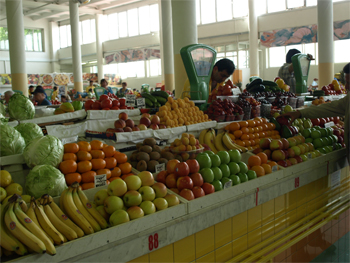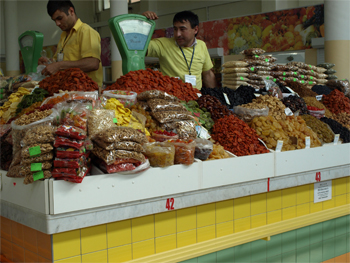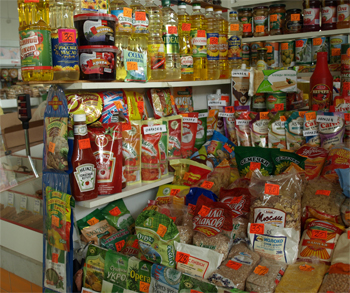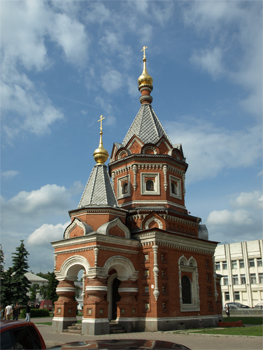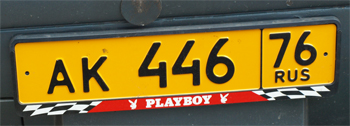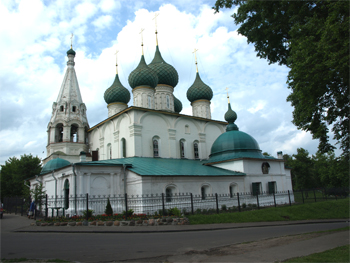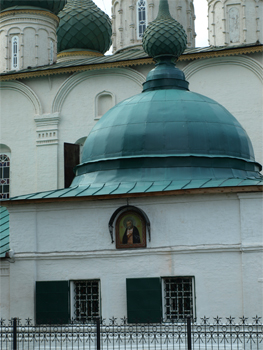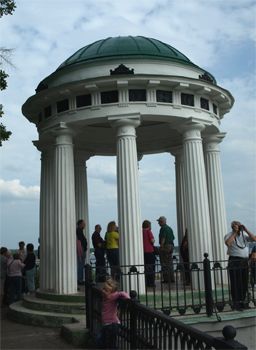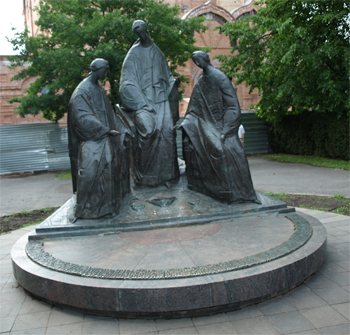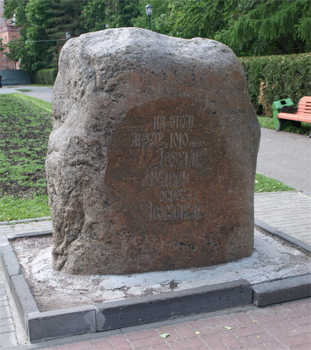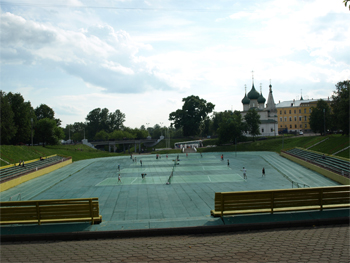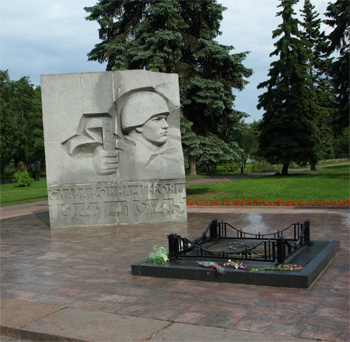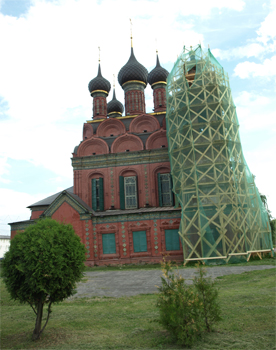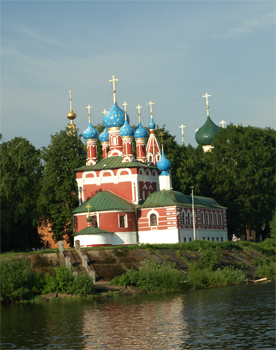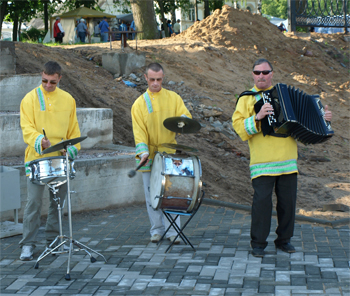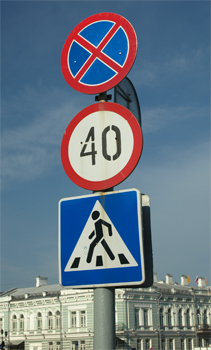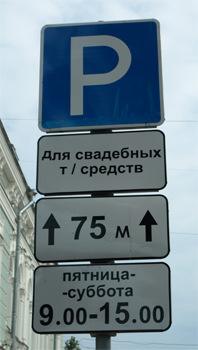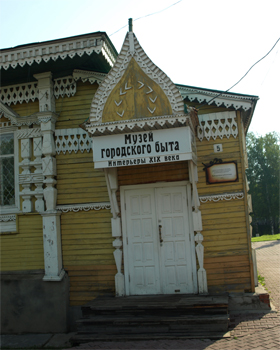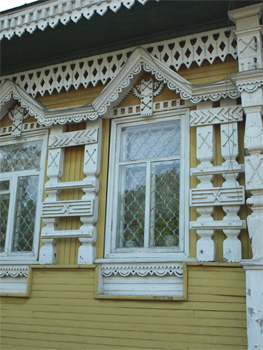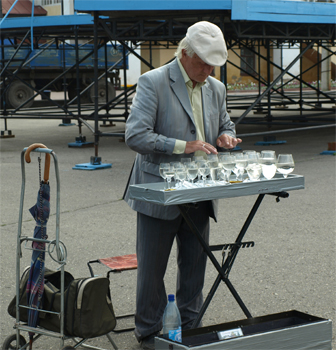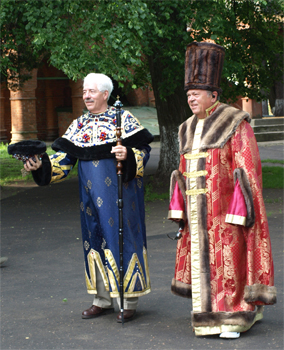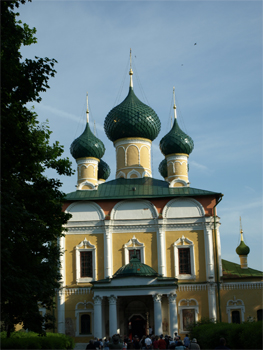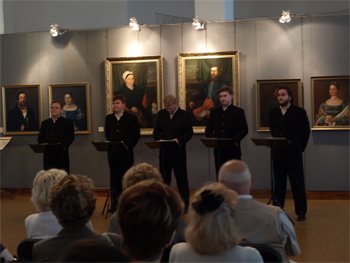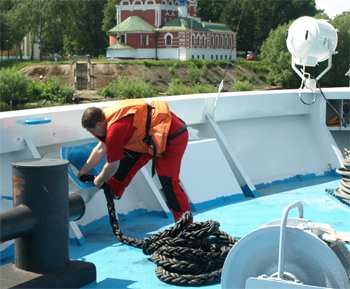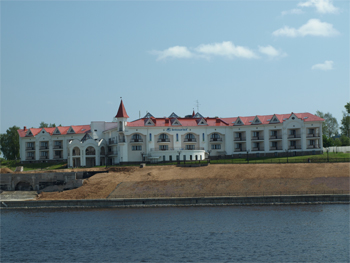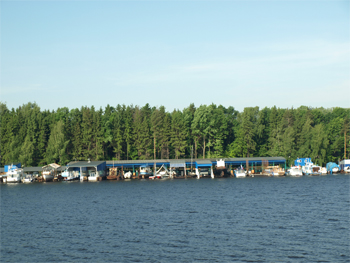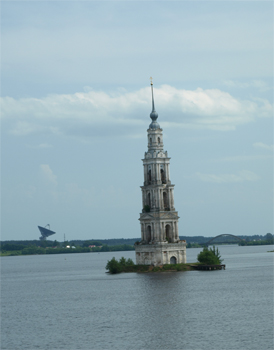After breakfast we had lesson #2 on Russian history - Gorbachev and Perestroika. Gorbachev seemed like a good guy to us foreigners. He granted satellite USSR countries their independence, lessened the control on TV and newspapers, more TV stations appeared instead of the only one that was controlled by the Soviets, collective farms were abolished, etc. But reforms were promised to the Russian people and never completed. There were food shortages and tough times and the Russian people did not think he was a good leader. He eliminated some Soviet evils, but could not replace them with working solutions. For instance, the state owned industries were to be returned to the people. So every Russian person received a voucher that was to be used to buy into those companies, like owning stock shares. Most people had no idea what the voucher meant and since they could not put food on the table right then, they sold them for pennies to scammers so they could buy food. They lost a great opportunity, and a few got very rich.
After lunch we got on our tour buses (it spit some rain to justify our rain jackets) and toured the town of Yaroslavl, a city of 600,000 with industry, manufacturing and many modern things. Yaroslavl was founded in 1010 and is getting ready to celebrate its millennium. Many old buildings and parks are getting restored.
Our first stop was at a museum for local artists with constantly changing exhibits. We got a lesson on the making of lacquer boxes and looked at many fine quality boxes that were for sale.
Lacquer boxes
|
Lacquer boxes |
The next stop was at the Church of St. Elijah built in 1650. It has magnificent frescos and icons. The intricate trimmings were carved and gilded linden wood. The linden trees are indigenous. The iconostasis is the original. The church was marked for destruction in 1937 during Stalin’s rule but the citizens successfully petitioned the Kremlin to use it to store woolen soldier boots. The sheep wool in the boots helped control the climate in the church and the paintings survived. The main church had two elaborate “thrones” - one for the czar and one for the local patriarch. Even the czar had to stand or kneel during the entire Russian Orthodox service. Many of these churches are double churches - a large elaborate, unheated one used in summer and a smaller adjacent one with a stove used in winter. In the small church we were treated to another quartet. This group had the best (opera quality) countertenor we have heard in a very long time. Of course, they had CD’s to sell. |
Church of St. Elijah
|
Magnificent frescos |
Iconostasis
|
|
|
|
Tile in entry |
| Our next stop was in the market district. We had free time to explore the food - fish, meats, veggies, fruits, etc. - the market was very neat and clean and tempting, especially the nuts and dried fruits. It was much more orderly than the similar markets we have seen in Mexico, Peru and Ecuador. |
Fresh fish
|
Lots of veggies
|
Dried fruit and nut |
Cheese anyone? |
Some familiar labels
|
We walked up the “pedestrian street” and stopped in a kitchen store to browse. Outside the produce market we found the small stalls selling everything from underwear and cosmetics to book bags and radios. It was very interesting.
Marge took lots of pictures. The old monastery had wooden roofs at the corners of the outer walls. We drove to the harbor and walked and walked. We saw another domed church, a stadium (with tennis courts down the middle), a simple church, St. Michaels, with no frescos inside, a bridge to an island with an amusement park, the Gazebo of Love, a new brick cathedral being built with the money of one local merchant, a statue to the Holy Trinity, the foundation Stone, another tennis club, and a monument to WWII with an eternal flame. The Foundation Stone, 1010, is supposed to have magical power to heal your ailments.
A small chapel
Even in Russia!
Gazebo of Love
Statue of the Trinity
Foundation Stone
Stadium with tennis courts
World War II Memorial
World War II Memorial
Church of the Epiphany
On the way back to the boat, we stopped briefly to look at the Church of the Epiphany with its pretty green tile decorations. At the dock we made our second purchase - a linen purse.
Dinner was international tonight. We had Italian salad (tomato and mozzarella slices with an herb drip), Austrian cream of roasted garlic soup, a Czech pork roast with balsamic lentils (peas, carrots and beans) and a fried mashed potato dumpling. It was all quite good. Dessert was semolina pudding with sour cherry sauce but Marge opted for the usual 2 scoops of ice cream with a fruit sauce. The ice cream in Russia is very, very good and the natives eat a lot of it.
It was sunny and warm with a nice breeze all day. It was the first really nice day (weather-wise) of the trip!
We were up early and joined our walking tour of the town of Uglich at 7:45. We walked from the dock along a path with souvenir booths on both sides for at least a half a mile - linens, scarves, embroidery, costumes, lacquer ware, dolls, etc.
Approaching Uglich - Church of St. Dmitry on the Blood
And here to greet us!
Some signs are obvious
And some are unreadable
Gingerbread
Detail
In imitation of Ben Franklin
Costumes for rent just in case you want to join the royal court
Our first stop was a visit to the Church of the Transfiguration, which was built in 1713. The iconostasis was very elaborate as were the frescos on the other walls and ceiling.
Church of the Transfiguration
The next stop was in a small museum where another group (quintet) performed an orthodox chant and a folk song. They were good, and had CD’s for sale (of course!). We walked around the park with its statue of Lenin and then into town. We sat with the two ex-Philadelphia couples in a café to have coffee and tea and were treated with disgust by the waitress. It seems strange to be treated this way in an obvious tourist area. Maybe she had a personal beef with Americans.
We walked a block off the thoroughfare and looked at the decrepit streets and sidewalks and houses so old they were no longer true (plumb).
There is a watch factory in Uglich so we stopped in two stores that sold their products. The watch works are ordinary but the bracelets were works of art with beads, painted sections, fancy gold works - very unlike my digital Timex with stopwatch function!
We browsed the souvenir booths but did not buy anything. The linen sun hats, tablecloths and scarves were very attractive but also expensive.
Lunch is a big meal on this ship. We start with a large salad bar with several different kinds of greens and cabbage and beets and potato salad and bean salads and some kind of meat which today was chili con carne (complete with corn and string beans!). Next we have a soup (most of our soups are creamed), then chicken Kiev with rice and diced carrots in orange sauce and then ice coffee Viennese (coffee, ice cream and whipped cream) or pineapple fritter with vanilla sauce.
The non-mechanized way to haul in the ropes
Intourist building - the original (and for a long time only) tour company in Russia
Some Russians have money
Boat anchorage
After lunch we stayed awake for the third part of the lectures on Russian history, the Yeltsin and Putin and democracy years. This country has a long way yet to go. Our guide's phrase is “we don’t understand Russia, but we believe in her.”
We passed Kalyazin where the belfry of St. Nicholas church, part of a monastery built in the 15th century, stands out of the river. The rest of the church was submerged in 1940 during the construction of the Uglich Reservoir.
St. Nicholas bell tower at Kalyazin
Note the big satellite dish in the background
Tonight was the captain’s dinner. We went through a receiving line of all of the officers, had free Champaign and cute canapés and then a five-course meal, which ended with baked Alaska paraded through the dining room with giant sparklers. We ate with Charlie and Jim and Charles. We had a nice leisurely (2 ½ hours) dinner. Sleep will come easily.
| Return to Top | Return to Itinerary | Return to Dreamcatcher Home Page |

